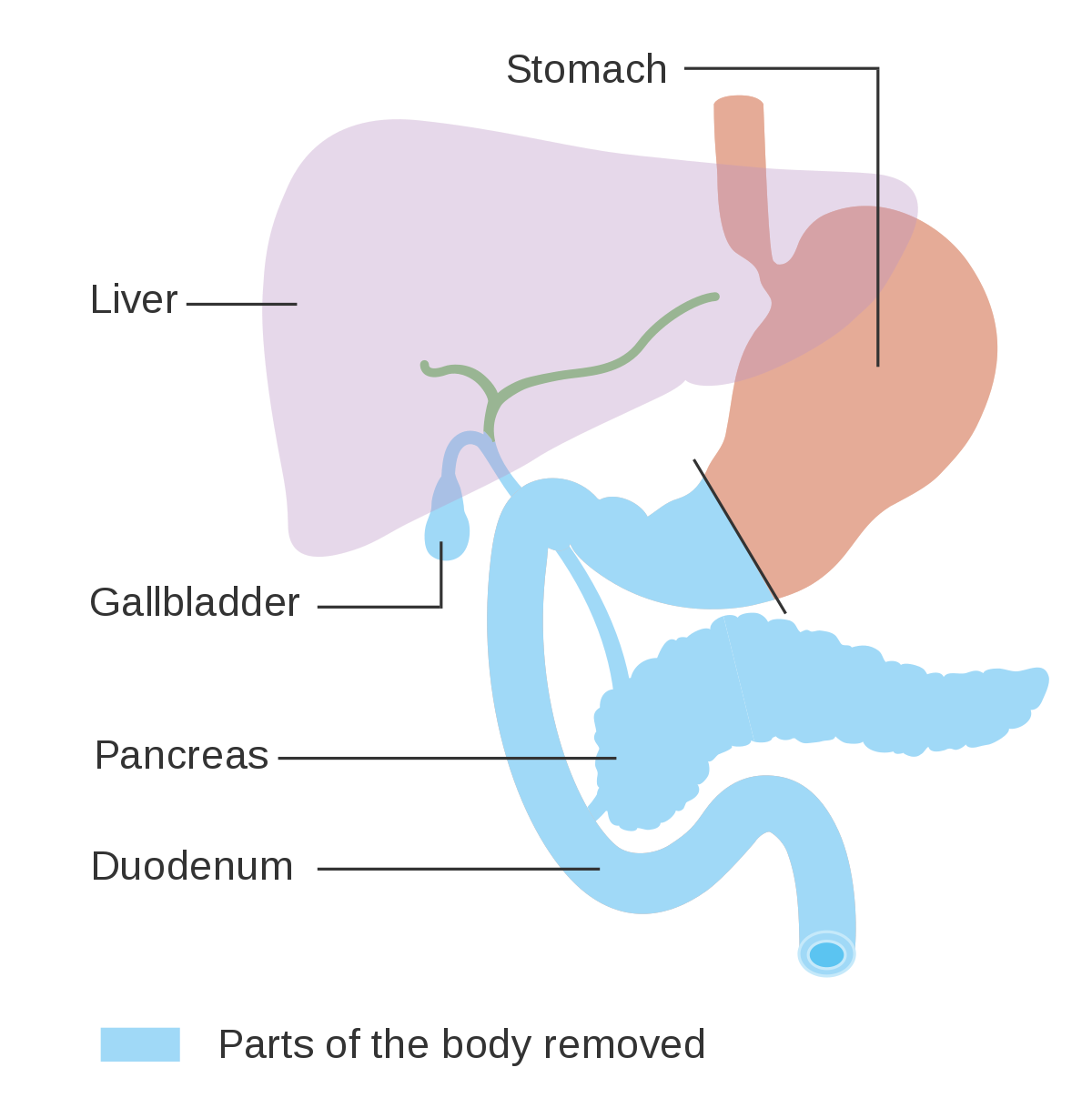The Procedure of Removing the Pancreas

The Procedure of removing the pancreas is a complicated operation with several complications. The pancreas is connected to the intestines, causing a complex and delicate intersection of structures. In addition, the blood vessels surrounding the pancreas can be a hazard when removing a tumour. This article will cover the procedures for removing the pancreas and the risks involved.
Procedures for removing the pancreas
Surgical procedures for removing the pancreas include the removal of the entire organ, which may consist of the gallbladder, stomach, small intestine and spleen. This type of surgery is reserved for people with cancer that has spread throughout the pancreas. It has less success than other procedures and can have significant side effects. For more information, consult your doctor. Here are the basic steps in the Procedure.
Surgery for removing the pancreas involves making a small incision on the abdomen and using a thin instrument to remove the organ. One device is equipped with a video camera so the surgeon can see inside the stomach and pancreas during surgery. A biopsy is performed to determine if cancer has spread to other pancreas areas. Surgery to remove part of the pancreas does not help the patient live longer but can improve the quality of life.
Side effects of removing the pancreas
After having a pancreas removed, you might have difficulty eating or feeling full. You may have diarrhoea, weight loss, or other digestive problems. Luckily, you can manage these after surgery with diet and exercise. Eating smaller meals more frequently will help your digestive system to heal and recover. You will also need to take pancreatic enzyme replacement pills after surgery to restore your body's normal function.
The outlook for people after removing the pancreas depends on the reason for the surgery. Some people have a condition that requires continuous treatment with insulin. For those with diabetes, insulin pumps may provide the right amount of insulin. But they can't predict when blood sugar levels will dip. The outlook for people after pancreas removal varies, depending on whether they have chronic or hereditary pancreatitis.
Treatment options for pancreatic cancer
Surgery to remove the pancreas is not the only treatment for pancreatic cancer. Minimally invasive surgical techniques are available and can be as effective as open surgery. One such Procedure is laparoscopic surgery, which uses a tiny incision to insert a lighted camera and remove the pancreatic tumour. A surgeon may also need to remove nearby lymph nodes and parts of the stomach and small intestine. Patients may be required to take supplements of insulin and digestive enzymes for the rest of their lives.
Other treatment options for pancreatic cancer include a Whipple procedure that removes the head of the organ and a portion of the small intestine, gallbladder, and bile duct. The Procedure also removes regional lymph nodes and the duodenum, the first part of the small intestine. The Whipple procedure is not suitable for everyone with pancreatic cancer.



